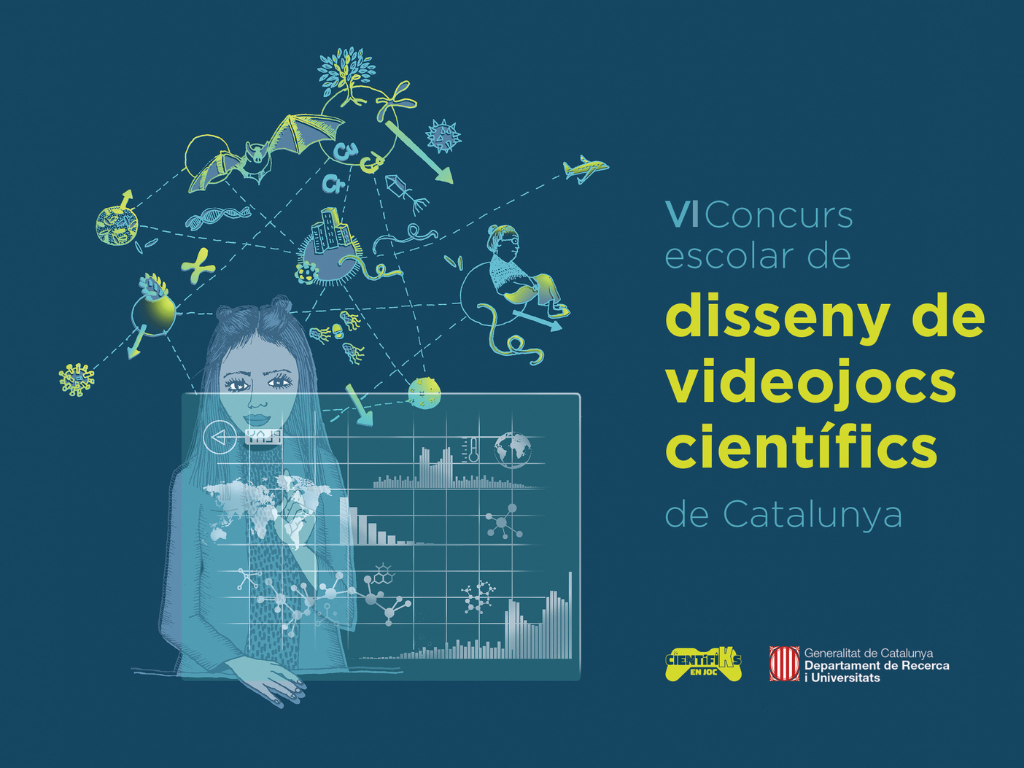●OUTREACH
Engagement and
communication
Marina Navarro-Segarra, Mikel Undagoitia, Carles Tortosa, Andrea Ugalde, Juan Pablo Esquivel
Mapping Ignorance
February 14th, 2024
The natural environment has always been a source of inspiration for the research community.
Nature has evolved over thousands of years to create the most complex living systems, with the ability to leverage inner and outside energetic interactions in the most efficient way. This work presents a flow battery profoundly inspired by nature, which mimics the fluid transport in plants to generate electric power.
The battery was ecodesigned to meet a life cycle for precision agriculture (PA) applications; from raw material selection to disposability considerations, the battery is conceived to minimize its environmental impact while meeting PA power requirements.
The paper-based fluidic system relies on evaporation as the main pumping force to pull the reactants through a pair of porous carbon electrodes where the electrochemical reaction takes place. This naturally occurring transpiration effect enables to significantly expand the operational lifespan of the battery, overcoming the time-limitation of current capillary-based power sources.
Most relevant parameters affecting the battery performance, such as evaporation flow and redox species degradation, are thoroughly studied to carry out device optimization. Flow rates and power outputs comparable to those of capillary-based power sources are achieved.
The prototype practicality has been demonstrated by powering a wireless plant-caring device. Standardized biodegradability and phytotoxicity assessments show that the battery is harmless to the environment at the end of its operational lifetime.
Placing sustainability as the main driver leads to the generation of a disruptive battery concept that aims to address societal needs within the planetary environmental boundaries.
Project BIDEKO
TV3
October 2023
The natural environment has always been a source of inspiration for the research community.
Nature has evolved over thousands of years to create the most complex living systems, with the ability to leverage inner and outside energetic interactions in the most efficient way. This work presents a flow battery profoundly inspired by nature, which mimics the fluid transport in plants to generate electric power.
The battery was ecodesigned to meet a life cycle for precision agriculture (PA) applications; from raw material selection to disposability considerations, the battery is conceived to minimize its environmental impact while meeting PA power requirements.
The paper-based fluidic system relies on evaporation as the main pumping force to pull the reactants through a pair of porous carbon electrodes where the electrochemical reaction takes place. This naturally occurring transpiration effect enables to significantly expand the operational lifespan of the battery, overcoming the time-limitation of current capillary-based power sources.
Most relevant parameters affecting the battery performance, such as evaporation flow and redox species degradation, are thoroughly studied to carry out device optimization. Flow rates and power outputs comparable to those of capillary-based power sources are achieved.
The prototype practicality has been demonstrated by powering a wireless plant-caring device. Standardized biodegradability and phytotoxicity assessments show that the battery is harmless to the environment at the end of its operational lifetime.
Placing sustainability as the main driver leads to the generation of a disruptive battery concept that aims to address societal needs within the planetary environmental boundaries.

Marina Navarro-Segarra
Edición 2022-2023
The natural environment has always been a source of inspiration for the research community.
Nature has evolved over thousands of years to create the most complex living systems, with the ability to leverage inner and outside energetic interactions in the most efficient way. This work presents a flow battery profoundly inspired by nature, which mimics the fluid transport in plants to generate electric power.
The battery was ecodesigned to meet a life cycle for precision agriculture (PA) applications; from raw material selection to disposability considerations, the battery is conceived to minimize its environmental impact while meeting PA power requirements.
The paper-based fluidic system relies on evaporation as the main pumping force to pull the reactants through a pair of porous carbon electrodes where the electrochemical reaction takes place. This naturally occurring transpiration effect enables to significantly expand the operational lifespan of the battery, overcoming the time-limitation of current capillary-based power sources.
Most relevant parameters affecting the battery performance, such as evaporation flow and redox species degradation, are thoroughly studied to carry out device optimization. Flow rates and power outputs comparable to those of capillary-based power sources are achieved.
The prototype practicality has been demonstrated by powering a wireless plant-caring device. Standardized biodegradability and phytotoxicity assessments show that the battery is harmless to the environment at the end of its operational lifetime.
Placing sustainability as the main driver leads to the generation of a disruptive battery concept that aims to address societal needs within the planetary environmental boundaries.

EDGY research group through BCMaterials
Bilbao, November 9-13th, 2022
The natural environment has always been a source of inspiration for the research community.
Nature has evolved over thousands of years to create the most complex living systems, with the ability to leverage inner and outside energetic interactions in the most efficient way. This work presents a flow battery profoundly inspired by nature, which mimics the fluid transport in plants to generate electric power.
The battery was ecodesigned to meet a life cycle for precision agriculture (PA) applications; from raw material selection to disposability considerations, the battery is conceived to minimize its environmental impact while meeting PA power requirements.
The paper-based fluidic system relies on evaporation as the main pumping force to pull the reactants through a pair of porous carbon electrodes where the electrochemical reaction takes place. This naturally occurring transpiration effect enables to significantly expand the operational lifespan of the battery, overcoming the time-limitation of current capillary-based power sources.
Most relevant parameters affecting the battery performance, such as evaporation flow and redox species degradation, are thoroughly studied to carry out device optimization. Flow rates and power outputs comparable to those of capillary-based power sources are achieved.
The prototype practicality has been demonstrated by powering a wireless plant-caring device. Standardized biodegradability and phytotoxicity assessments show that the battery is harmless to the environment at the end of its operational lifetime.
Placing sustainability as the main driver leads to the generation of a disruptive battery concept that aims to address societal needs within the planetary environmental boundaries.

EDGY research group through BCMaterials
Bilbao, September 30th, 2022
The natural environment has always been a source of inspiration for the research community.
Nature has evolved over thousands of years to create the most complex living systems, with the ability to leverage inner and outside energetic interactions in the most efficient way. This work presents a flow battery profoundly inspired by nature, which mimics the fluid transport in plants to generate electric power.
The battery was ecodesigned to meet a life cycle for precision agriculture (PA) applications; from raw material selection to disposability considerations, the battery is conceived to minimize its environmental impact while meeting PA power requirements.
The paper-based fluidic system relies on evaporation as the main pumping force to pull the reactants through a pair of porous carbon electrodes where the electrochemical reaction takes place. This naturally occurring transpiration effect enables to significantly expand the operational lifespan of the battery, overcoming the time-limitation of current capillary-based power sources.
Most relevant parameters affecting the battery performance, such as evaporation flow and redox species degradation, are thoroughly studied to carry out device optimization. Flow rates and power outputs comparable to those of capillary-based power sources are achieved.
The prototype practicality has been demonstrated by powering a wireless plant-caring device. Standardized biodegradability and phytotoxicity assessments show that the battery is harmless to the environment at the end of its operational lifetime.
Placing sustainability as the main driver leads to the generation of a disruptive battery concept that aims to address societal needs within the planetary environmental boundaries.

Juan Pablo Esquivel
Naukas, Bilbao, September 15th, 2022
The natural environment has always been a source of inspiration for the research community.
Nature has evolved over thousands of years to create the most complex living systems, with the ability to leverage inner and outside energetic interactions in the most efficient way. This work presents a flow battery profoundly inspired by nature, which mimics the fluid transport in plants to generate electric power.
The battery was ecodesigned to meet a life cycle for precision agriculture (PA) applications; from raw material selection to disposability considerations, the battery is conceived to minimize its environmental impact while meeting PA power requirements.
The paper-based fluidic system relies on evaporation as the main pumping force to pull the reactants through a pair of porous carbon electrodes where the electrochemical reaction takes place. This naturally occurring transpiration effect enables to significantly expand the operational lifespan of the battery, overcoming the time-limitation of current capillary-based power sources.
Most relevant parameters affecting the battery performance, such as evaporation flow and redox species degradation, are thoroughly studied to carry out device optimization. Flow rates and power outputs comparable to those of capillary-based power sources are achieved.
The prototype practicality has been demonstrated by powering a wireless plant-caring device. Standardized biodegradability and phytotoxicity assessments show that the battery is harmless to the environment at the end of its operational lifetime.
Placing sustainability as the main driver leads to the generation of a disruptive battery concept that aims to address societal needs within the planetary environmental boundaries.



